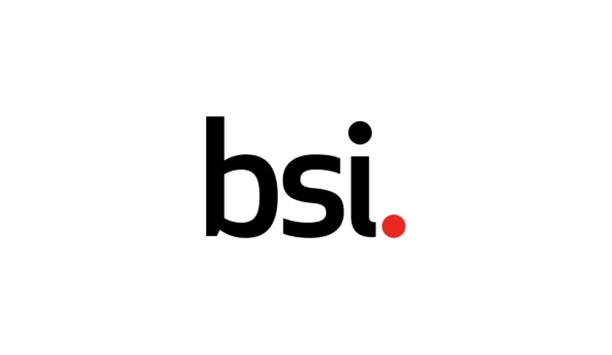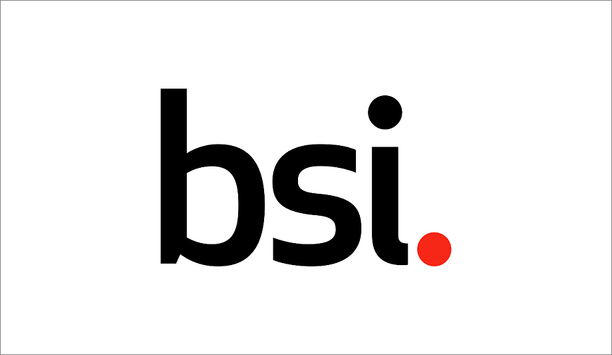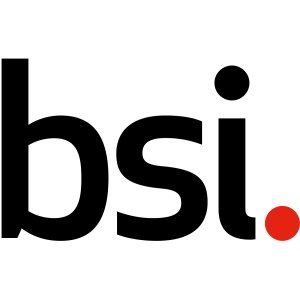Anne Hayes

Anne Hayes
Head of Market Development for Governance & Risk, British Standards InstitutionAs the Head of Market Development for Governance & Risk at BSI, Anne Hayes heads up the area that focuses on governance, risk management, health & safety, quality, healthcare and many consumer products. She works with many stakeholders to develop standards across all of these areas. Prior to this sector, she ran the Sustainability sector. Her skill set includes change management, B2B, strategic planning, stakeholder management, business development, etc.
News mentions
BSI, the business standards company, has revised its guidance standard for information security management systems, BS 7799-3 ‘guidelines for information security risk management.’ BS 779...
BS 7960:2016 was revised to accommodate changes in the legal requirements for door security staff British Standards Institution, the business standards company, has revised BS 7960...
BSI’s BS 8517 recommends how to handle security dogs, while complying with existing government legislation BSI, the business standards company, has launched BS 8517-1, Code of...
The changes take into account introduction of CCTV Code of Practice issued by SCC as required by Freedoms of Information Act 2012 BSI, the business standards company, revised BS 795...

































